North America : Market Leader in Kids Wear
The United States is the largest market for kids wear, accounting for approximately 60% of the North American market share. Key growth drivers include rising disposable incomes, increasing awareness of fashion trends among parents, and a growing emphasis on sustainability in clothing. Regulatory support for child safety standards also plays a crucial role in shaping the market dynamics. The second largest market in North America is Canada, holding about 25% of the market share, driven by similar trends in consumer behavior and regulatory frameworks. In the competitive landscape, the US market is dominated by major players such as Nike, Adidas, and Gap, alongside strong contenders like Carters and Old Navy. These brands leverage innovative marketing strategies and extensive distribution networks to capture consumer attention. The presence of international brands like H&M and Zara further intensifies competition, pushing local brands to enhance their offerings and customer engagement strategies.
Europe : Emerging Trends in Kids Fashion
Europe is witnessing a significant shift in the kids wear market, driven by increasing consumer demand for sustainable and ethically produced clothing. The region holds approximately 25% of the global market share, with Germany and the UK being the largest contributors, accounting for 10% and 8% respectively. Regulatory initiatives aimed at promoting sustainable practices are catalyzing this trend, with the EU implementing stringent guidelines on textile production and waste management. Leading countries in the European kids wear market include Germany, the UK, and France, with a competitive landscape featuring both local and international brands. Companies like H&M and Zara are adapting their strategies to align with sustainability goals, while local brands are gaining traction by emphasizing quality and eco-friendliness. The presence of established players alongside emerging brands creates a dynamic market environment, fostering innovation and consumer engagement.
Asia-Pacific : Rapid Growth in Kids Wear
The Asia-Pacific region is rapidly emerging as a significant player in the kids wear market, driven by increasing urbanization, rising disposable incomes, and a growing middle class. This region holds approximately 15% of the global market share, with China and India being the largest markets, accounting for 7% and 4% respectively. The demand for fashionable and affordable kids wear is on the rise, supported by a shift in consumer preferences towards branded products and online shopping platforms. In this competitive landscape, local brands are gaining ground alongside international giants like Nike and Adidas. The presence of key players such as Uniqlo and local manufacturers is reshaping the market dynamics. Retailers are increasingly focusing on e-commerce strategies to reach a broader audience, capitalizing on the digital transformation in the region. This competitive environment fosters innovation and responsiveness to consumer trends, making Asia-Pacific a vibrant market for kids wear.
Middle East and Africa : Untapped Potential in Kids Wear
The Middle East and Africa region presents untapped potential in the kids wear market, driven by a young population and increasing urbanization. This region holds approximately 5% of the global market share, with countries like South Africa and the UAE leading the way, accounting for 2% and 1% respectively. The demand for quality and affordable kids wear is rising, supported by a growing middle class and increased spending on children's apparel. In this competitive landscape, local brands are emerging alongside international players, creating a diverse market environment. Key players such as Nike and Adidas are expanding their presence, while local manufacturers are focusing on affordability and cultural relevance. The region's unique demographics and economic growth present significant opportunities for brands to innovate and capture market share, making it a promising area for future investment.


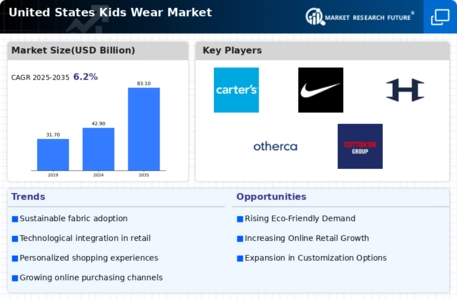


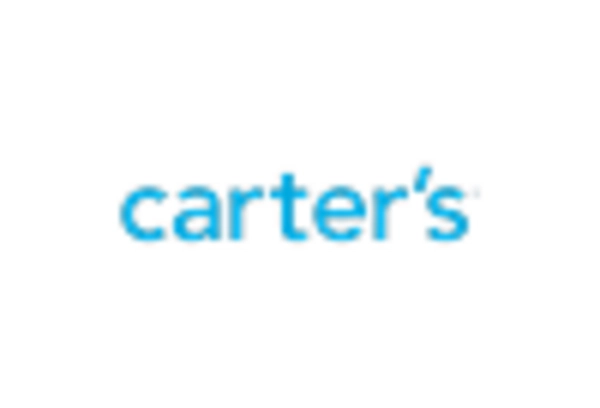
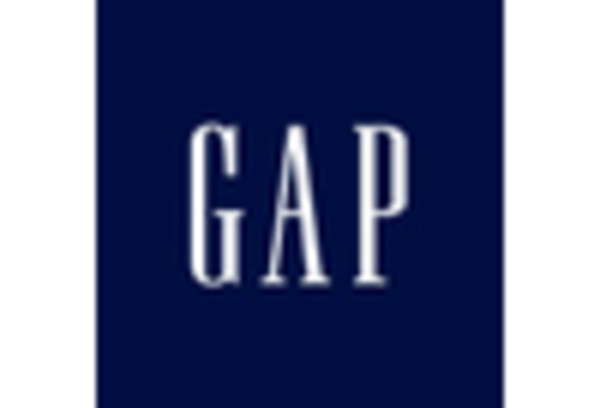
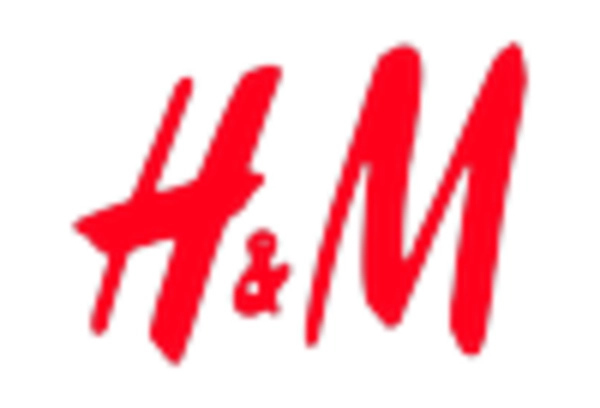
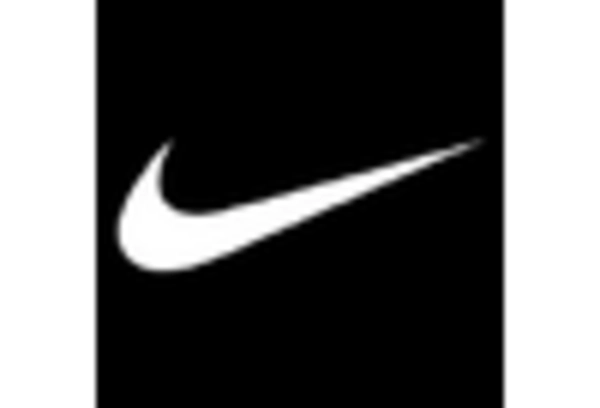









Leave a Comment